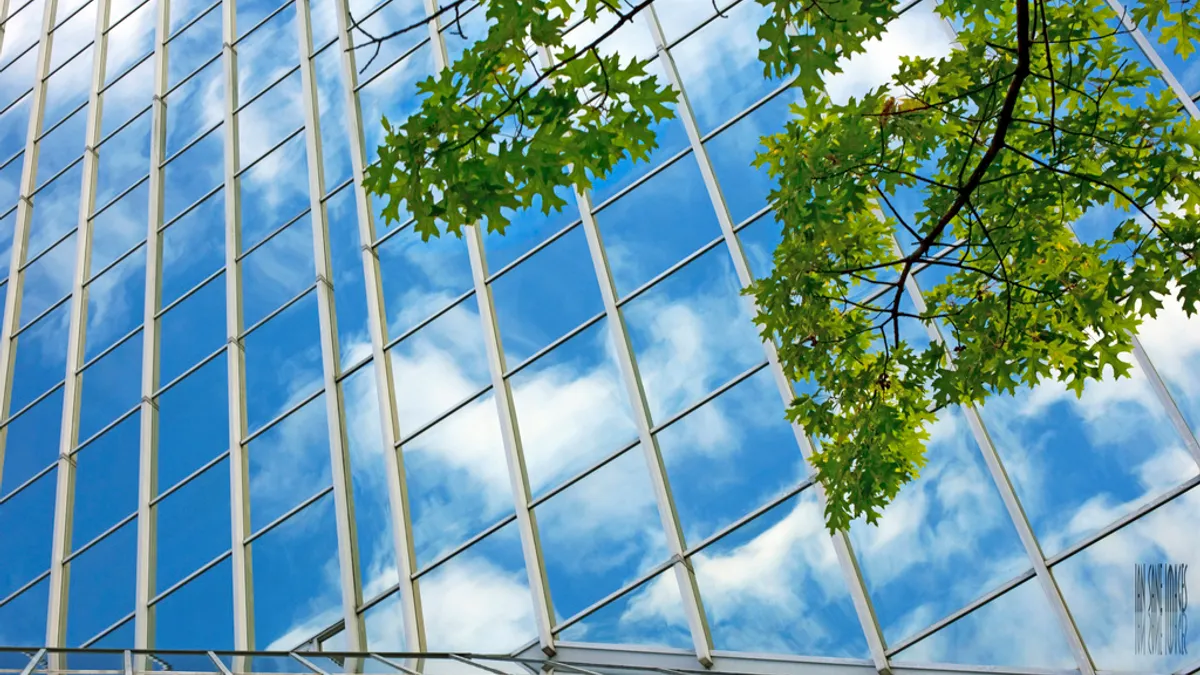Editor's Note: The following is a guest post from Mahesh Ramanujam, president and CEO of the U.S. Green Building Council.
Drive along Atlanta's Historic Westside English Avenue and you may notice a new solar installation on top of an affordable housing property for low-income seniors.
At first, it might seem like an effort to help the community become more eco-friendly, but if you stopped there, you’d be missing the most important part of the story. These solar panels were installed in an effort to save residents money on their utilities and show other developers and community leaders how sustainability can lead to a higher standard of living.
Utility costs are a very real concern in Atlanta, where residents spend on average 48% of their income on housing, utilities and transportation. And for the more than 336,000 households whose incomes are at or below the poverty line, that percentage can be even higher.
No person should ever feel like basic necessities are leaving them financially burdened. No person should feel they have to choose between eating healthy and paying the next bill. So how does a city like Atlanta, with more than 240 neighborhoods, prioritize a better quality of life for all residents? It starts by building better.
Better homes, better schools, better hospitals, better offices.
Businesses and institutions, including Mohawk Industries, DPR Construction, Bank of America Charitable Foundation, Emory University and more are already committed to building better. That’s because they understand that building better goes hand-in-hand with building more sustainably – and better buildings equal better lives.
Atlanta's Mayor Keisha Lance Bottoms said it best when she described the city's own sustainability priorities as needing to help residents better prepare for and withstand physical, social and economic challenges. And buildings are a crucial part of the effort.
Sustainable buildings go beyond reducing energy and water consumption. They are about finding solutions that help people. People like the low-income seniors on English Avenue. That's not to say the environmental and economic benefits of sustainability should be overlooked, but the true measure of success should be the health and well-being of residents.
The good news is the work has already started. There are more than 100,000 commercial projects and more than 160 cities and communities engaged with LEED, including school districts, healthcare facilities, business improvement districts and more.
Continuing this work will require the support of local leaders who have the ability to help set the standard for creating healthier, more sustainable buildings, communities and cities. Because after all, the standard that we wish to raise is that of quality of life itself.











